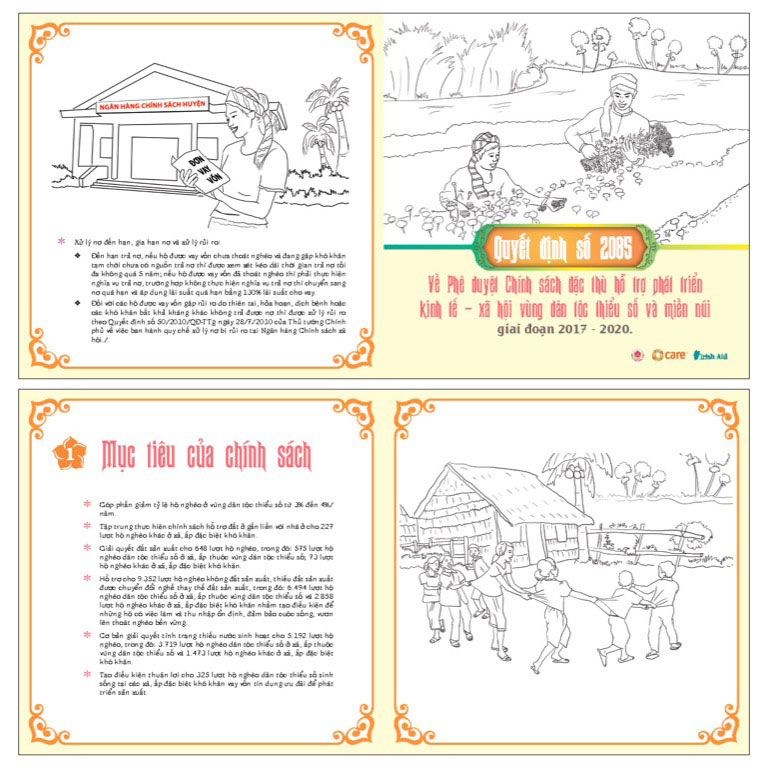
Figure 1 – Initial design of a booklet with illustration sketches depicting the life of the Khmer people in Tra Vinh. Even their framing boxes on pages were made after common parttens often found in Khmer artworks and architectures.
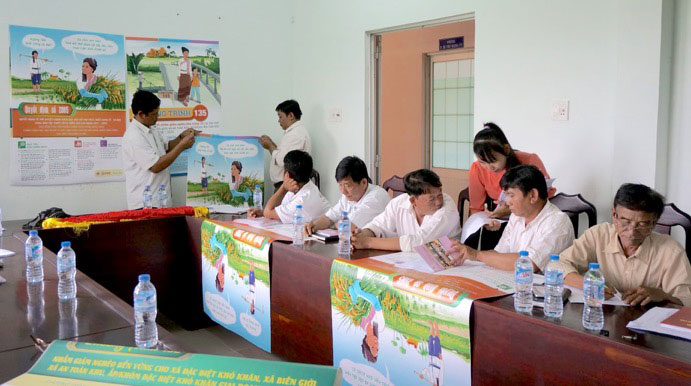
Figure 2 – A viewing session in An Quang Huu village, Tra Cu district, Tra Vinh province, with participants who were Khmer minorities representing the local village’s authorities and the community.
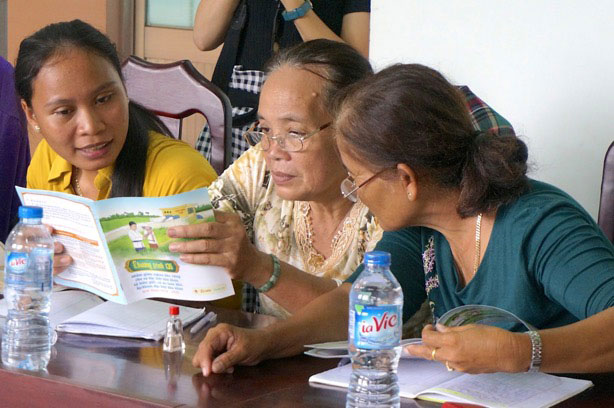
Figure 3 – Khmer women participants were scrutinizing a booklet design on Program 135.
- The Khmer people in Tra Vinh only wore their traditional Sarongs on special occasions like ceremonies or festivals. For daily life, they wore regular clothes much like the Kinh people.
- The Khmer people preferred colored shirts especially purple to
- The Khmer women still knotted their hair into chignons but not high up.
- The Khmer temples in Tra Vinh had tapered column roofs with pointed tips not A-shaped roofs like Vietnamese and Thai temples.
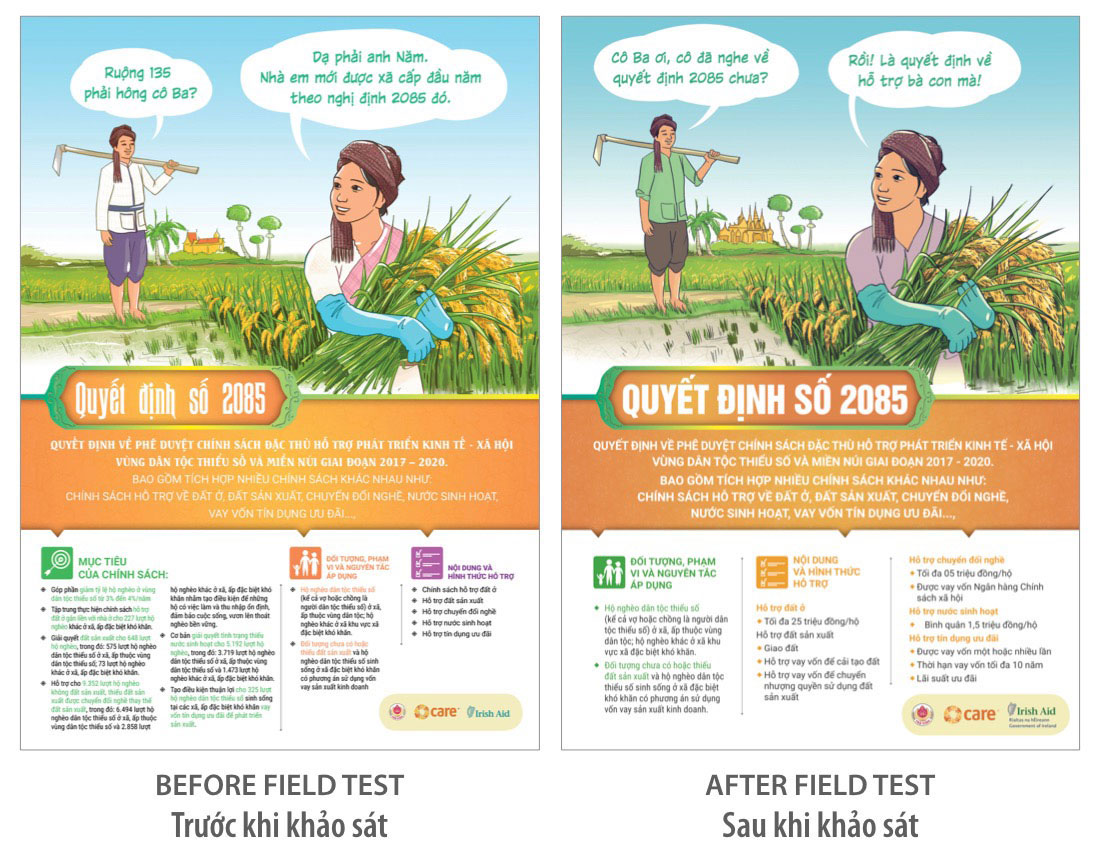
Figure 4 – In the revised poster design on the right the Khmer woman wears a shirt instead of a traditional costume, the Khmer man wears a green shirt without a cloth belt, and the temple in the background takes on pointed and column-like roofs in replacement of the previous A-shape roofs.
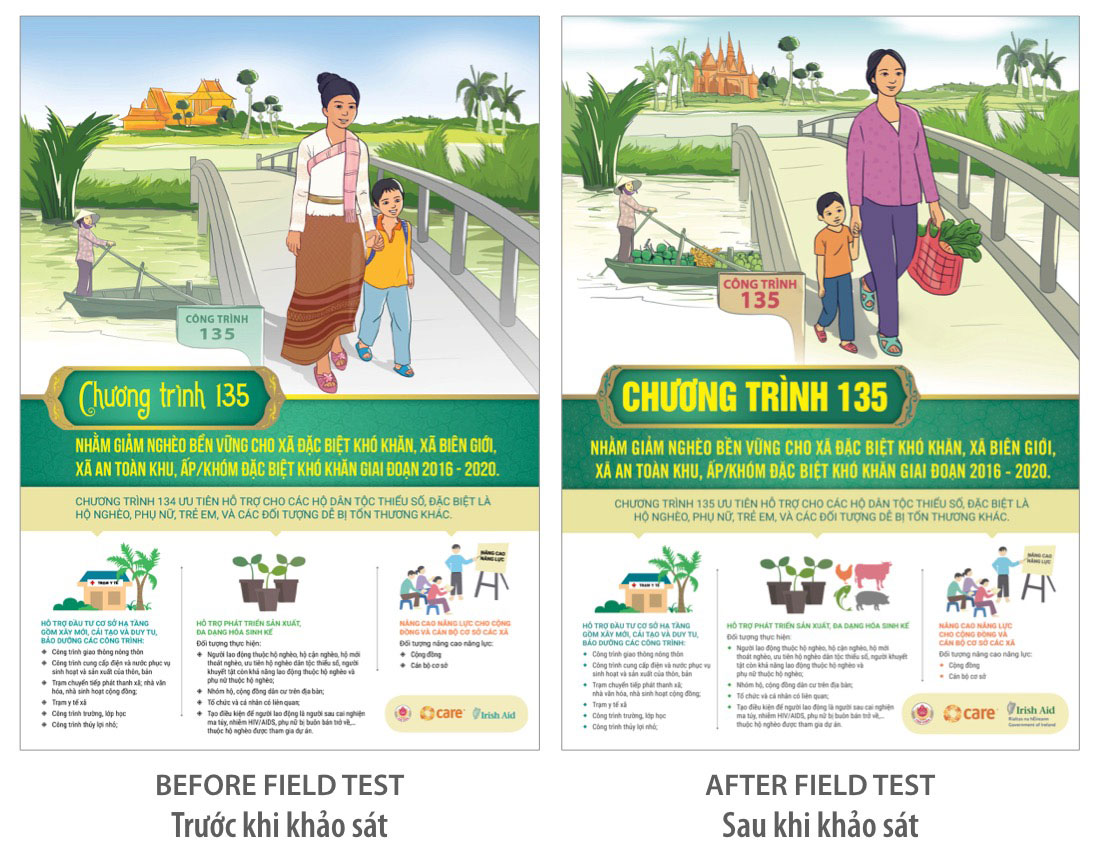
Figure 5 – In the revised poster design on the right, the Khmer woman wears a purple shirt and a pair of regular pants instead of a Sarong, her chignon was down in the back of her head instead of being on top, and the Khmer temple in the background takes on pointed and column-like roofs in replacement of the previous A-shape roofs.
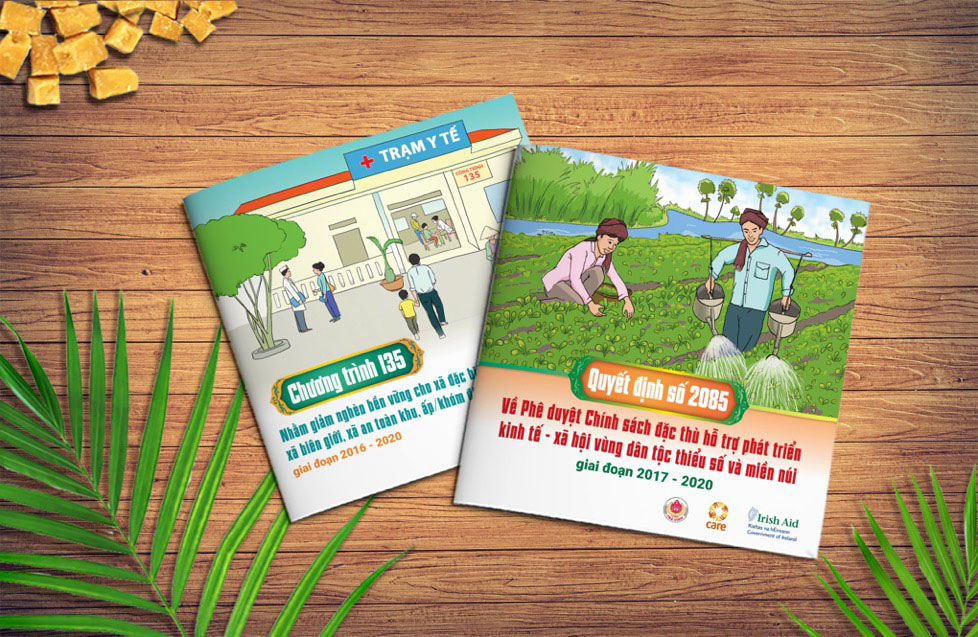
Figure 6 – The final and complete designs of the booklets.
Previously we had conducted similar field tests on designs for other clients. Through each test, we came to understand more and more about why designs of communications materials should reflect the real life of the target audience. Realistic reflection is what makes a design convincing.

Recent Comments